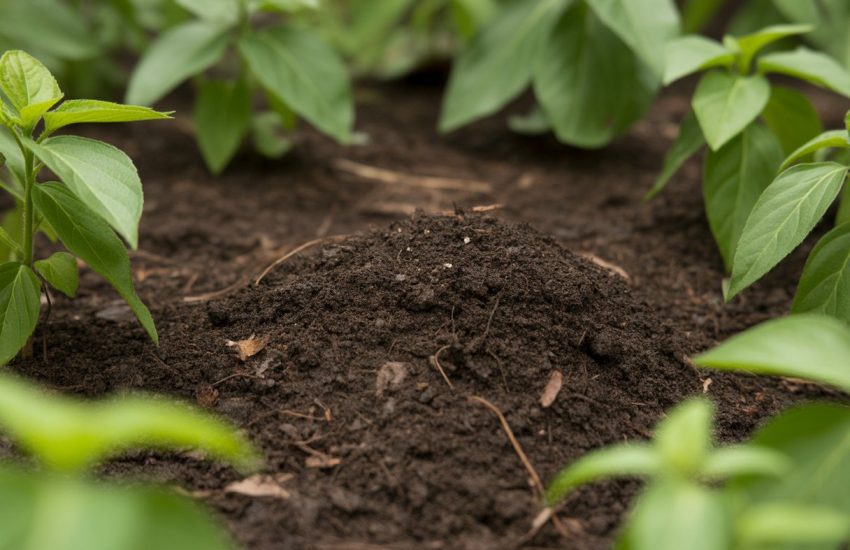Plants Similar to Yucca: A Comprehensive Guide
Plants similar to yucca are a popular choice for gardeners and landscapers looking to add a touch of the desert to their outdoor spaces. While yucca plants are known for their striking, sword-like leaves and tall, spiky blooms, there are several other plant species that share similar characteristics and can be used to achieve a similar aesthetic.

One plant that is often compared to yucca is the agave. Like yucca, agave plants are native to arid regions and have thick, fleshy leaves that store water. They also produce tall, showy flower stalks that attract pollinators. However, agave plants tend to be more compact and symmetrical than yucca, making them a great choice for smaller gardens or container planting.
Another plant that is often grouped with yucca is the dracaena. While dracaenas are not as drought-tolerant as yucca or agave, they do share the same spiky, upright growth habit and can be used to create a similar look in garden beds or as houseplants. Dracaenas also come in a variety of leaf shapes and colors, making them a versatile choice for any design scheme.
Identifying Yucca-Like Plants

Yucca plants are a popular choice for arid gardens, but there are many other plants with similar features that can add variety and interest to your landscape. Here are some plants that share characteristics with yuccas and can be used as alternatives or complements.
Agave and Its Varieties
Agave plants are known for their rosette shape and sharp, sword-like leaves. They are part of the Asparagaceae family and are native to the American Southwest and Mexico. Like yuccas, they are drought-tolerant plants that thrive in full sun and sandy or rocky soil. Agave plants are also ornamental and come in a variety of shapes, sizes, and colors. Some popular varieties include:
- Agave americana (Century Plant)
- Agave attenuata (Fox Tail Agave)
- Agave parryi (Parry’s Agave)
- Agave victoriae-reginae (Queen Victoria Agave)
Hesperaloe Species
Hesperaloe plants, also known as Red Yucca, are native to the Southwest and Mexico. They are not true yuccas but share many of the same characteristics, including spiky leaves and rosette form. Hesperaloe parviflora, also known as Red Yucca Plant, is a popular ornamental plant that produces tall spikes of pink or red flowers. It is drought-tolerant and thrives in full sun and sandy soil.
Other Rosette-Forming Succulents
There are many other succulent plants that form rosettes and have spiky leaves similar to yuccas. Some of these plants include:
- Sotol (Dasylirion spp.)
- Desert Spoon (Dasylirion wheeleri)
- Fan Aloe (Kumara plicatilis)
These plants are also drought-tolerant and thrive in full sun and sandy or rocky soil. They can add texture and interest to your landscape and complement yuccas and other succulent plants.
In summary, there are many plants that share characteristics with yuccas and can be used to create a beautiful and low-maintenance garden. Agave, Hesperaloe, and other rosette-forming succulents are great alternatives or complements to yuccas and can add variety and interest to your landscape.
Cultivation and Care of Yucca and Its Kin

Soil and Water Requirements
Yucca and its kin are drought-tolerant plants that prefer well-draining soil, such as sandy or rocky soil. These plants are susceptible to root rot if the soil is too moist, so it’s important to avoid overwatering. In general, yucca and its kin require moderate watering during the growing season and less watering during the dormant season.
Sunlight and Temperature
Yucca and its kin are sun-loving plants that require full sun to thrive. They are also able to tolerate high temperatures and dry conditions, making them well-suited for gardens in the Southwest and Southeast regions of the United States. In fact, yucca is the state flower of New Mexico.
Common Pests and Problems
Yucca and its kin are generally low-maintenance plants, but they can be susceptible to a few pests and problems. One common issue is root rot, which can occur if the soil is too moist. Additionally, some species of yucca are prone to scale insects and mealybugs, which can be treated with insecticidal soap or neem oil.
Overall, yucca and its kin are excellent choices for gardeners looking for an ornamental plant that is both drought-tolerant and evergreen. These plants are a great addition to any landscape, with their sharp spikes and unique foliage adding interest and texture to any garden.


